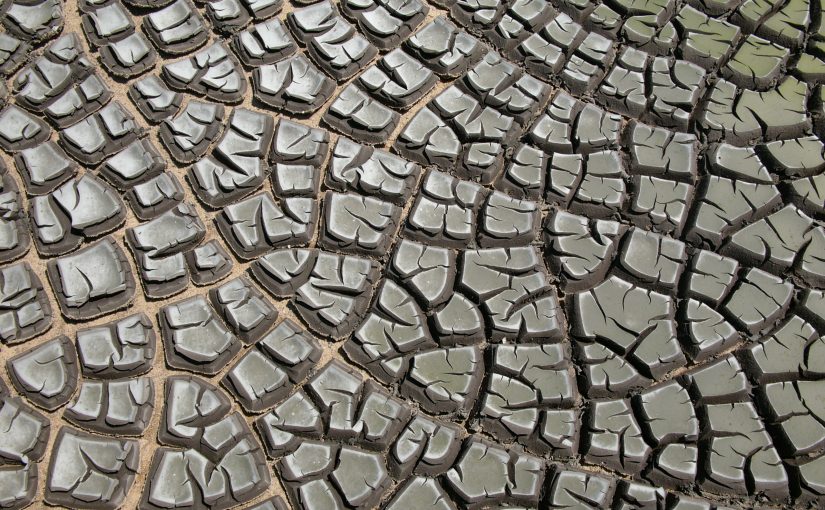The following will likely be a chapter in a forthcoming publication. Enjoy…8)
I think I’ve been inadvertently participating in Lent this year. Kinda. Lent is a Christian season of reflection lasting 40 days marked by fasting, both from food and festivities. This year, in 2021, Lent began on February 17. Some 30 days ago.
So back to the question at hand. Had I, by my lifestyle and dietary choice been slowly embalming myself. Participating in the act of realtime human preservation.
I ask this question because upon removing additional sodium from my diet it would seem that my body has been detoxing from it. Like I am breaking free from something that has been holding me back.
Now to be fair I haven’t had any animal products in my diet for six months which reduced my sodium intake quite a bit. So I am really surprised at how much more of a difference it has made by just removing any additional salt, which frankly wasn’t much.
That being said I am going to be adding a chapter to my book on the topic of salt and how I feel it impacted my life. What follows is a few ideas I had this afternoon after asking Google, “What happens when you salt the earth(terrain)?”
Here is what followed…
As a final insult before they left, it is said that Roman soldiers would sprinkle salt upon the ground to ensure that nothing could ever grow there again. Even as late as the 17th and 18th centuries, Spain and Portugal punished traitors within their empires by executing them and then pouring salt on their land(terrain).
In a sense we humans get our nutrients by osmosis from the foods that pass through us, through our gastrointestinal tract. In like manner, plant roots systems get their nutrients and water from the soil by osmosis.
In case you are unfamiliar, osmosis is the diffusion of fluid particles across a permeable membrane from an area of high concentration to an area of low concentration.
In the stomach, the food is broken into tiny pieces that are mixed with stomach liquids. This semi-liquid mush of food and stomach liquids is called chyme. The chyme travels into the small intestine. This is where osmosis takes place.
Chewing begins the digestion of carbohydrates. The stomach begins the digestion of protein; small molecules such as alcohol are absorbed by the small intestine. The duodenum continues the digestion of carbohydrate and protein and begins the digestion of lipids. The Ileum, the final portion of the small intestine completes the digestion of carbohydrates and proteins into simple sugars and amino acids; along with absorption of simple sugars, amino acids, fatty acids and glycerol.
The large intestine handles absorption of water along with egestion of undigested food.
Added salt inside the gastrointestinal tract will cause the concentration of water inside the intestinal lumen to be higher than the concentration of water inside the gastrointestinal tract. As intestinal sodium levels increase, water concentration decreases. Water will cross the intestinal lumen via osmosis to balance both sides. Thus, water will travel OUT of the intestinal lumen resulting in a loose bowel.
Since the water inside the human body will constantly leave the system in its effort to maintain homeostasis, it will eventually lose its vitality and shift into preservation mode. Experts understand that to happen at about 24 years of age.
http://en.wikipedia.org/wiki/Osmosis#Examples_of_osmosis
I would also like to suggest that nutrient lock happens in humans just like it does with plants. I learned this once upon a time when I was growing tomato’s indoors…8)
Nutrient lockout, also called “nutrient lock,” occurs when your tomato plant cannot take up the nutrients that are in the soil. There are two primary causes of nutrient lockout:
- Your tomato garden is oversaturated with nutrients, particularly chemical fertilizers with a high salt content.[Think animal protein]
- There are unsuitable pH levels in the soil, water, or nutrient solution.
It might be interesting to note that irrigation in agriculture leads to a slow build up of salt. Water is spread out and allowed to evaporate, leaving behind the trace amount of salt that was dissolved in it. Over time this leads to salinity which regular crops can’t handle.
It is interesting to note that the only form of agriculture that doesn’t lead to this multi-generational problem is the water terrace system used by the Chinese and in the past by the Incans.
Author – Michael J. Loomis | Publisher & Editor at Chew Digest
